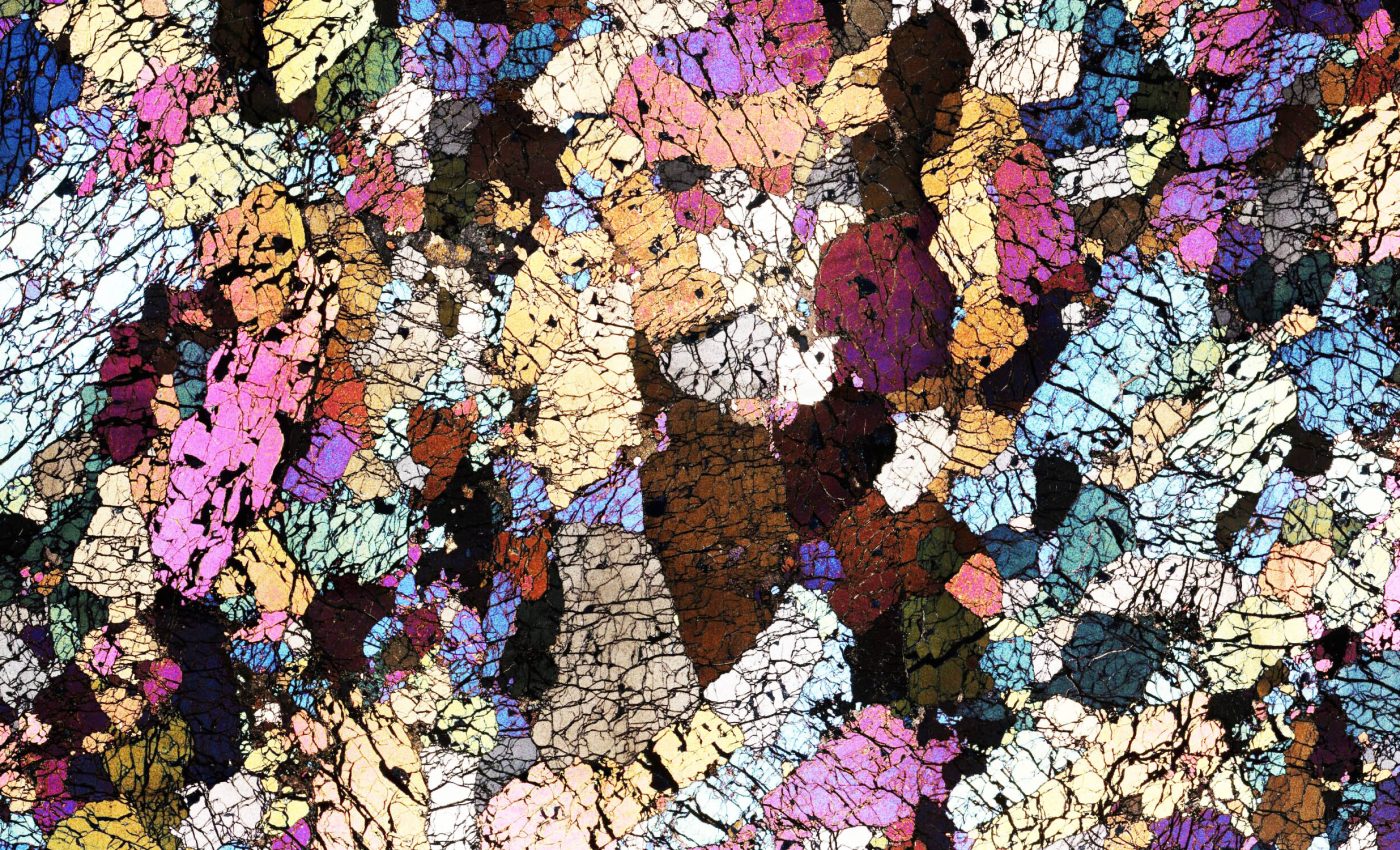
Bits of Earth's continents peel off into the ocean, sparking volcanoes
Continents aren’t as solid and stable as they seem. Deep below, parts of them are slowly peeling away and getting dragged under the ocean floor – and that’s stirring up volcanic activity in places no one expected.
Now, geologists say they’ve figured out how bits of continents end up deep under the ocean, triggering volcanic eruptions far from tectonic plate boundaries.
These fragments don’t drift on the surface. They break off from below and slowly sink into the oceanic mantle – the hot, mostly solid layer beneath the seafloor.
This discovery changes how we think the inside of our planet works. It also helps explain something that’s puzzled scientists for years: why some volcanic islands in the middle of the ocean contain rocks with a distinctly continental fingerprint.
Strange chemistry of ocean volcanoes
When you think of volcanoes, you might picture dramatic eruptions near the edges of tectonic plates – places where Earth’s massive surface slabs crash into each other or pull apart.
But there are volcanic islands far from these active zones that don’t follow the rules.
Many of them, like Christmas Island in the northeast Indian Ocean, are built from lava that contains certain enriched elements. These elements are normally found in continental rocks, not oceanic ones.
For a long time, geologists thought this strange chemistry came from ocean sediments getting sucked deep into the Earth when tectonic plates sink.
Others pointed to “mantle plumes” – narrow columns of hot rock rising from deep inside the planet. But neither idea fully explained the evidence.
Something didn’t add up. Some of these ocean volcanoes don’t show signs of recycled crust, and others are too shallow or too cold to be plume-driven.
When continents break from below
The answer, researchers now say, lies in a slow but powerful force deep beneath the continents.
When continents start to break apart, as they did when the ancient supercontinent Gondwana split over 100 million years ago, the movement doesn’t just crack the surface. It sends waves of stress deep into the mantle below.
Those stress waves can strip away parts of the continental base – up to 125 miles deep – and drag them sideways into the oceanic mantle.
The process happens incredibly slowly, at just a millionth the speed of a snail. But over tens of millions of years, these peeled-off chunks travel hundreds of miles.
Once inside the oceanic mantle, they become part of the magma factory that powers ocean volcanoes.
The study was led by Professor Thomas Gernon at the University of Southampton, who collaborated with an international team of researchers.
A different kind of memory
“We’ve known for decades that parts of the mantle beneath the oceans look strangely contaminated, as if pieces of ancient continents somehow ended up in there,” said Professor Gernon.
“But we haven’t been able to adequately explain how all that continental material got there.”
To investigate, the team created simulations that mimic how Earth’s mantle behaves during tectonic breakups.

Mantle waves and ocean volcanoes
The models showed that when a continent splits, it creates instability deep below, sending a sort of ripple along the bottom of the continent.
That ripple – called a mantle wave – keeps moving, peeling off fragments of the continental root and sweeping them into the surrounding oceanic mantle.
“We found that the mantle is still feeling the effects of continental breakup long after the continents themselves have separated,” said Sascha Brune, a co-author of the study from the GFZ Helmholtz Centre for Geosciences.
“The system doesn’t switch off when a new ocean basin forms – the mantle keeps moving, reorganising, and transporting enriched material far from where it originated.”
Signal from the past
The team focused part of their research on the Indian Ocean Seamount Province, a chain of underwater volcanic mountains. These formations appeared after Gondwana broke up.
The study revealed that soon after the breakup, magma rich in continental elements surged up from below. Over time, the signal faded – a clue that the source material had stopped arriving.
What’s important is that this happened without a deep mantle plume, the usual suspect. That means a different process – like the one shown in the simulations – must have been responsible.
“We’re not ruling out mantle plumes, but this discovery points to a completely new mechanism that also shapes the composition of the Earth’s mantle,” said Gernon.
“Mantle waves can carry blobs of continental material far into the oceanic mantle, leaving behind a chemical signature that endures long after the continents have broken apart.”

Continents shape Earth from below
This isn’t the first time that this team of researchers has linked mantle waves to major planetary shifts.
Their earlier work showed that these slow, deep motions may help set off diamond eruptions and reshape landscapes far from tectonic boundaries.
Now, with this new study, the researchers have added another piece to the puzzle of how Earth works from the inside out – and how the leftovers of ancient continents still have a role to play in shaping the planet today.
The full study was published in the journal Nature Geoscience.
—–
Like what you read? Subscribe to our newsletter for engaging articles, exclusive content, and the latest updates.
Check us out on EarthSnap, a free app brought to you by Eric Ralls and Earth.com.
—–













